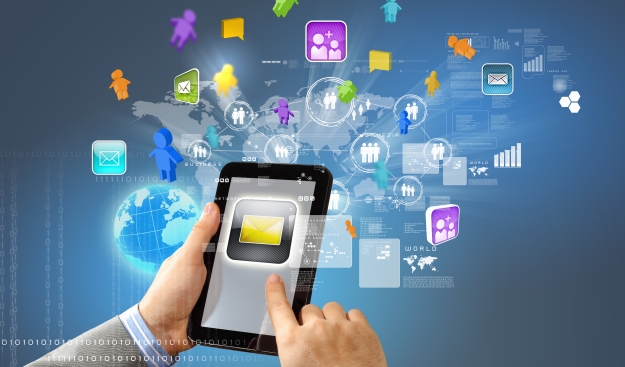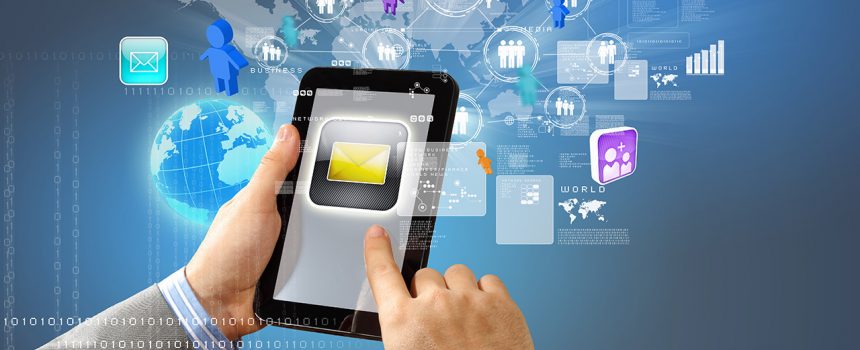CRM solutions—and software solutions in general, really—have always evolved toward visualization. Since the beginning of computing—specifically personal computing—users have been demanding the ability to see what they are doing. It is interesting that despite the long-ago innovations of WYSIWYG (What You See Is What You Get) displays and graphical user interfaces, true visualization for CRM softwares is only now becoming a reality. Sales forces, sales management and other CRM stakeholders are all saying, “It’s about time!”
Past Partial Solution
Like many other applications, CRM softwares have traditionally displayed numbers, meaning that users had to either visualize results or trends in their heads or make diagrams on paper. Some allowed the creation of graphs or charts, which of course did help. But for a salesperson or sales manager in a rush (which they usually are) there is no time to engage in the extra step of creating graphs or charts, unless it absolutely must be done for analyses or reports.
For salespeople, this lack of visualization facility has contributed to their overall distaste for CRM solutions in general. What good is this thing if it can’t instantly show me where I’m going, what my trend is, and what I should be focusing on? Salespeople have had a tendency to use their own solutions to fill in the gaping holes left by CRM functionality—but even these didn’t offer true visualization capabilities.

5 Benefits of a True Visual CRM Software
Benefit #1
Today’s leading-edge CRM solution doesn’t simply provide some visualization—the entire application is a visualization tool. The sales rep or other user can see right before their eyes the entire sales process, the pipeline steps for a particular customer, and many different types of trends.
Benefit #2
It is of great assistance to anyone to always keep their eyes on their particular goal. For a salesperson, this type of CRM software performs that function; the rep can always see on the right-hand side of the screen where he or she should be going. It keeps a rep continually focused.
Benefit #3
But visualization doesn’t simply apply to the overall goal—many other areas can be visually displayed. A prime example is a CRM solution’s archive, where past lost and won opportunities can be seen. This capability means that a salesperson can gain a much firmer grasp on what he or she has done that has won deals—and can apply that information to the future. This is also true for sales management, who can use such trends for sales training to guide the sales force toward increasing success.
Benefit #4
Another great benefit to a totally visual CRM solution is the monitoring of the sales process itself. It should never be “carved in stone.” A company should be willing to alter the sales process as conditions change, process steps are found to be outmoded or extraneous, and new workable steps are evolved. With such a CRM software the sales process is always seen, and CRM can be easily altered to match necessary changes in that sales process.
Benefit #5
Perhaps the overall benefit for a visual CRM software is that it is the real-world manifestation of the new philosophy of sales: that is, a total empowerment of the sales rep to make sales. This makes completely obsolete CRM applications that were simply an administrative burden to salespeople.
Take advantage of today’s totally visual CRM solution—and see.
What does a totally visual CRM solution look like? Find out here.




















